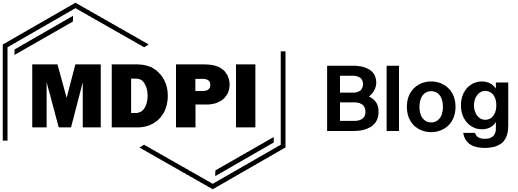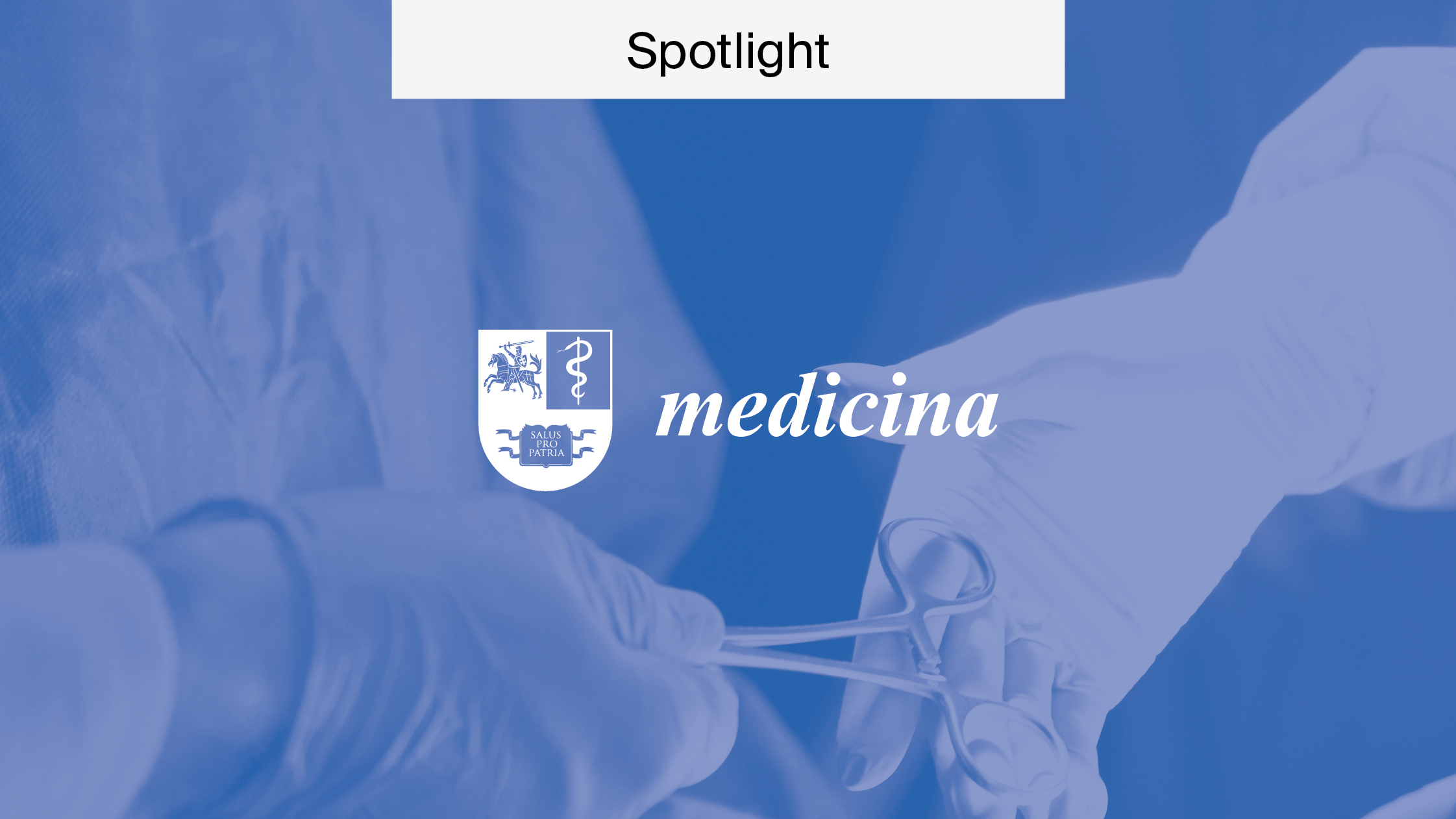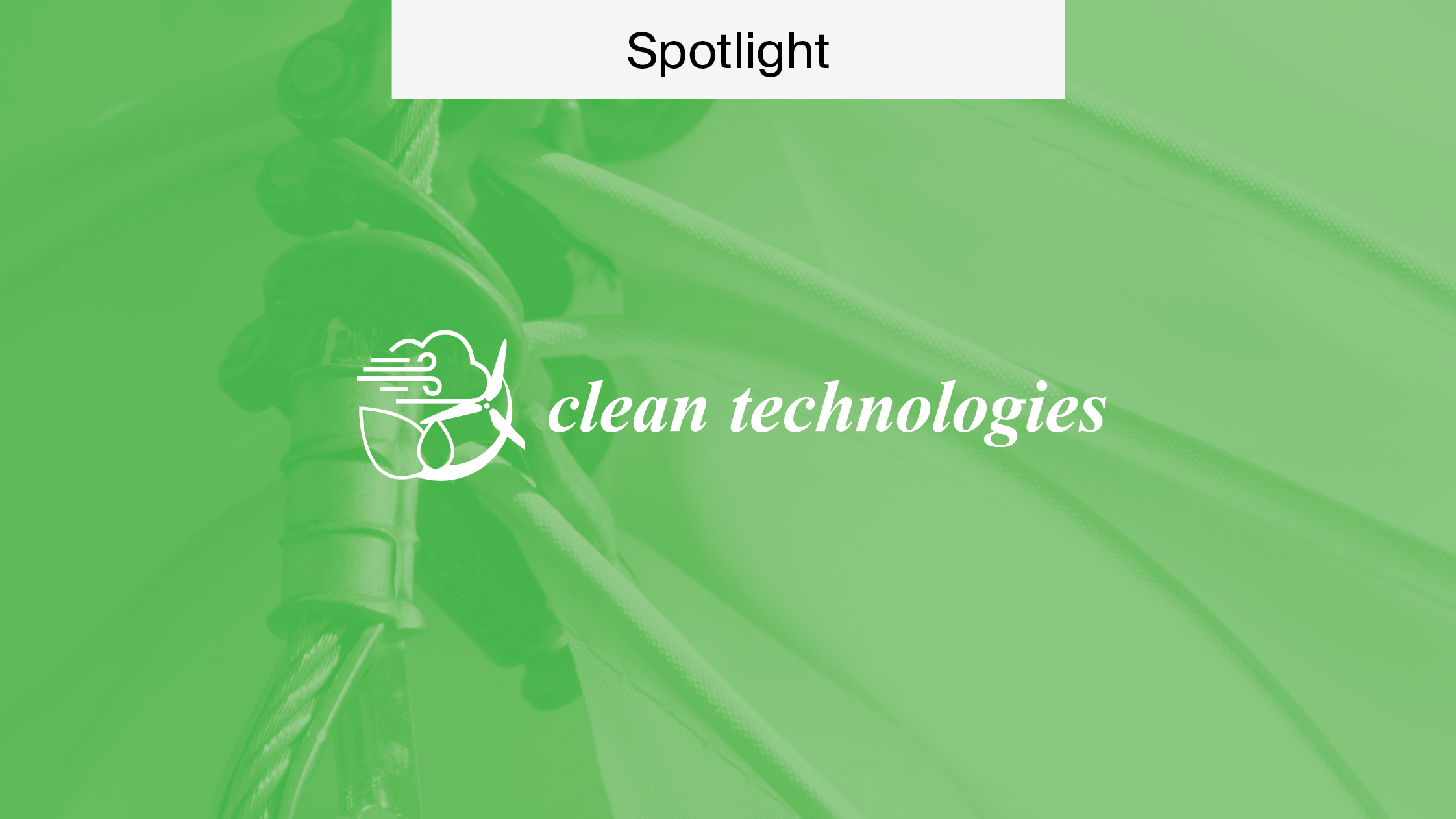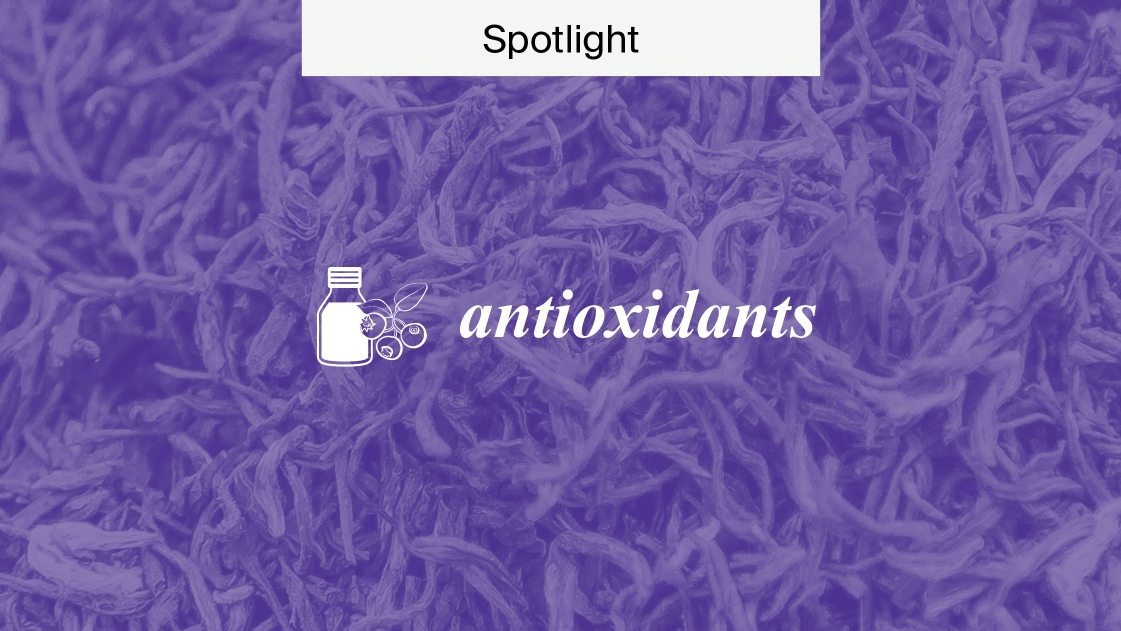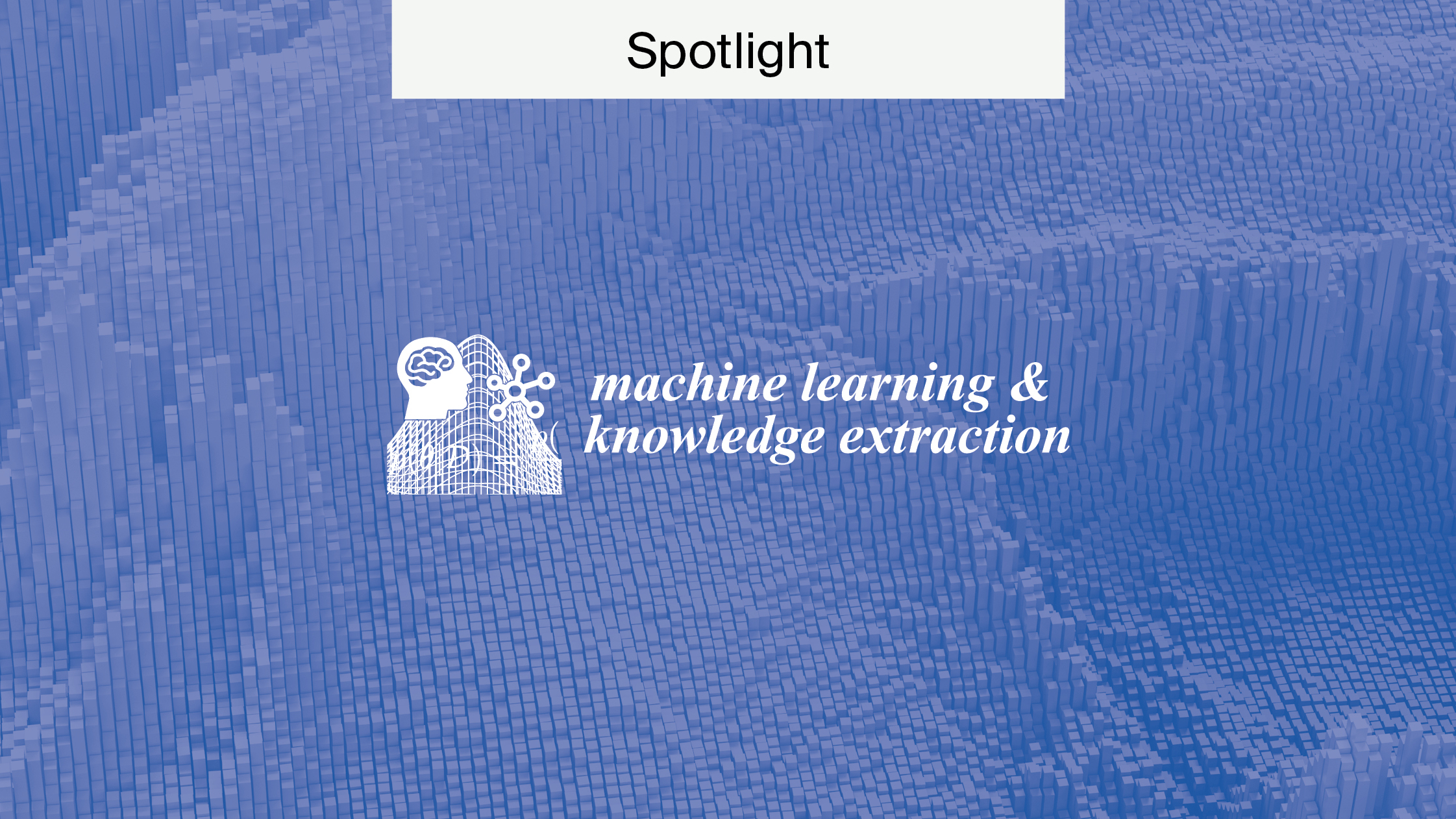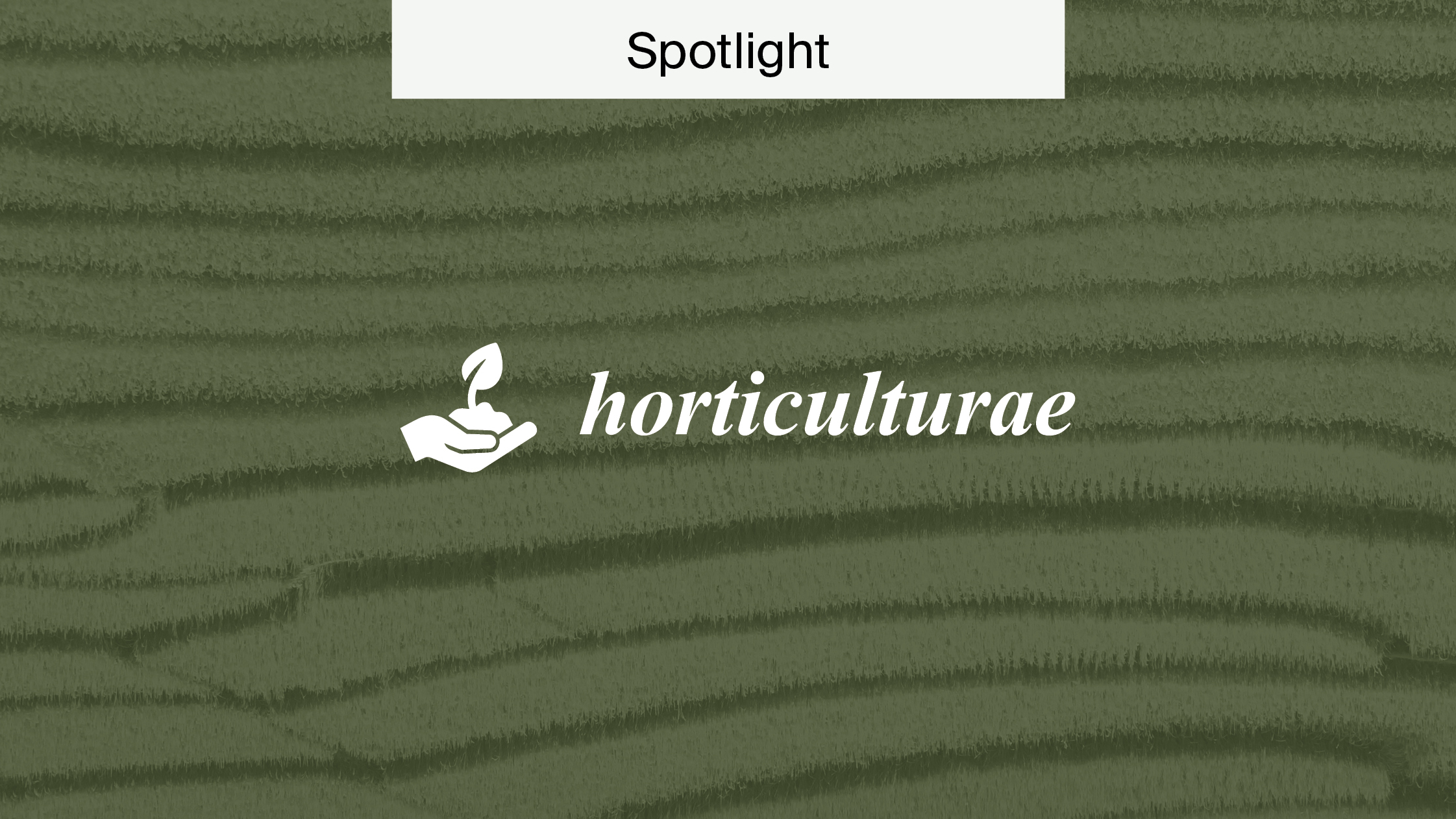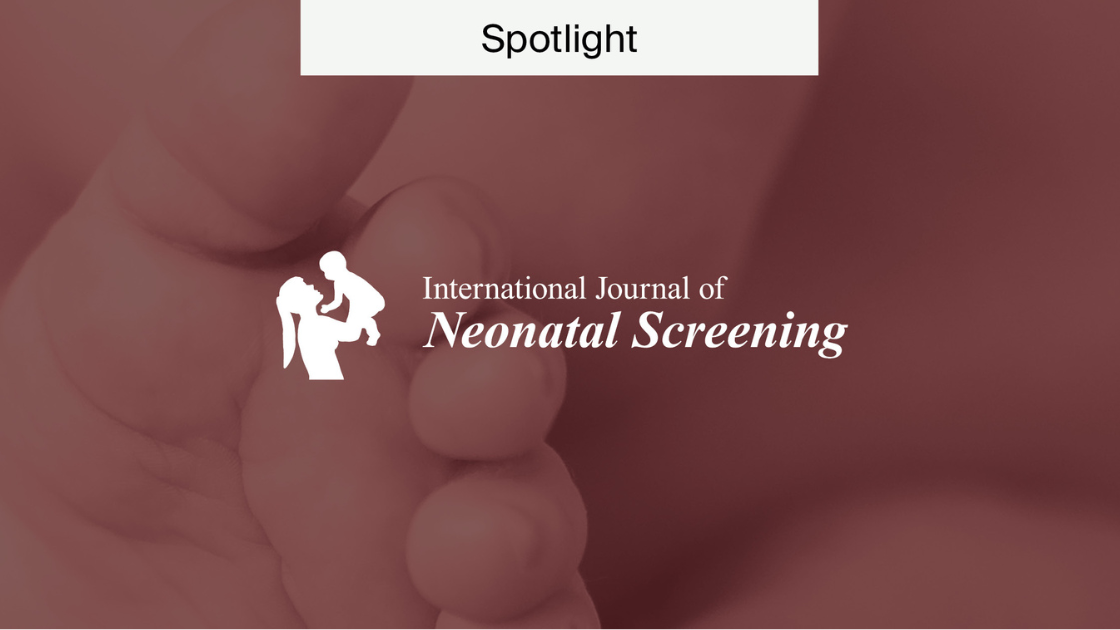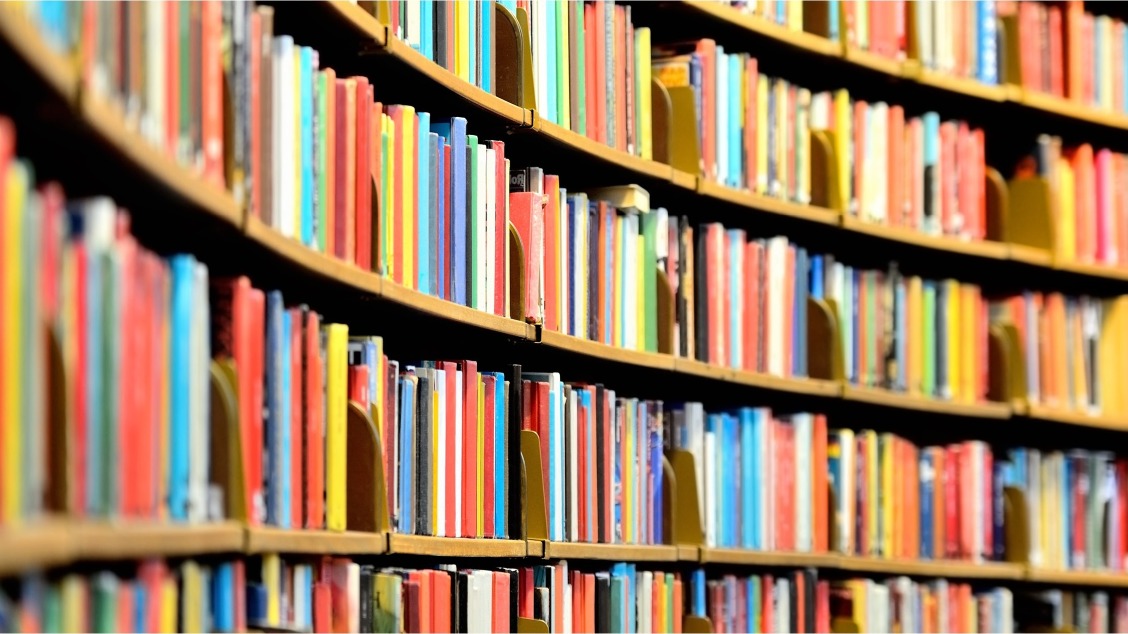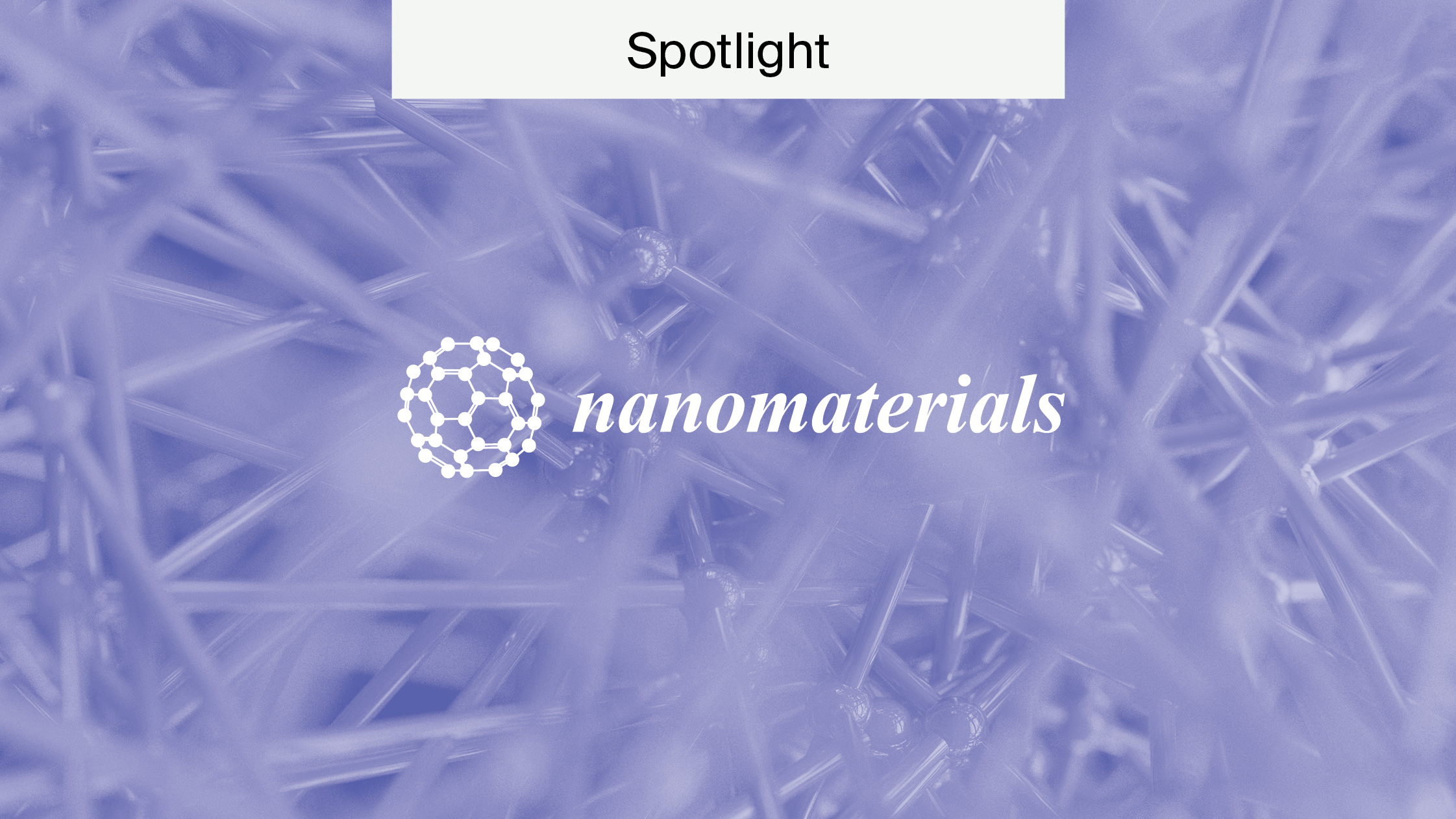
Gels MDPI: Journal Spotlight
In recognition of its 10th anniversary, this month we’re spotlighting Gels (ISSN 2310-2861), an international, peer-reviewed, Open Access journal on physical (supramolecular) and chemical gel-based materials.
We’ll cover the key milestones in Gels’ development that have contributed to its longevity and success, alongside upcoming international events and stand-out statistics.
Editor-in-Chief: Prof. Dr. Esmaiel Jabbari
Current Impact Factor: 5.0
Current CiteScore: 7.6
Statistics as of June 2025.
Visit the Gels MDPI journal webpage.
A history of Gels
The inaugural issue was published in 2015 under the guidance of founding Editor-in-Chief (EiC) Prof. Dr. David Díaz Díaz. Associate Professor at the University of Regensburg, Germany, Prof. Dr. Díaz Díaz’s research centers around the development of functional materials for practical applications in fields such as biomedicine, catalysis, molecular sensing, and more.
Stepping into the role in 2024, the current EiC is Prof. Dr. Esmaiel Jabbari, Full Professor of Chemical Engineering at the University of South Carolina. Prof. Dr. Jabbari’s research focuses on the utilization of biomimetic strategies to engineer cellular constructs for skeletal tissue regeneration.
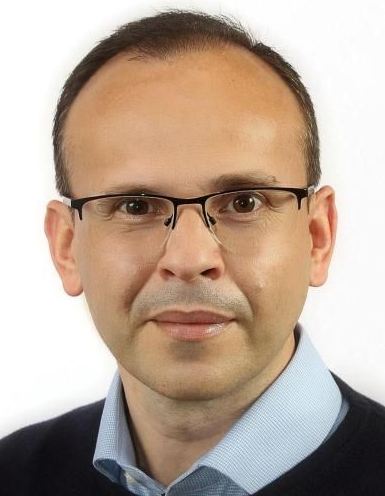

Part of the motivation to launch Gels back in 2015 was the consistently increasing volume of literature on the topic at the time. This, alongside a notable growth in engagement among researchers worldwide, indicated ample appetite for a journal such as this. In his Editorial piece, Prof. Dr. Díaz Díaz explained that he and the other founding Editorial Board Members envisioned a journal able to bridge research gaps and promote interactions between a diverse range of fields.
“Gel materials are expected to form part of prominent solutions to major problems, such as limited resources, and safeguarding human health and the environment.” – Prof. Dr. Díaz Díaz, Founding EiC.
Read Prof. Dr. Díaz Díaz’s editorial piece.
10th Anniversary (2015–2025)
To celebrate this milestone, the journal has pulled together a dedicated 10th Anniversary page on their website. The page features a celebratory video from the Editor-in-Chief, key statistics, and testimonials from some of Gels’ Editorial Board Members, reviewers, and authors.
Readers can also find information pertaining to Gels’ four anniversary Special Issues, entitled “Gels 10th Anniversary”, “Women’s Special Issue Series: Gels (2nd Edition)”, “State-of-the-Art Gel Research in USA”, and “State-of-the-Art Gel Research in China”. These Special Issues are all currently open for submissions, with two of them being guest edited by EiC Prof. Dr. Esmaiel Jabbari.
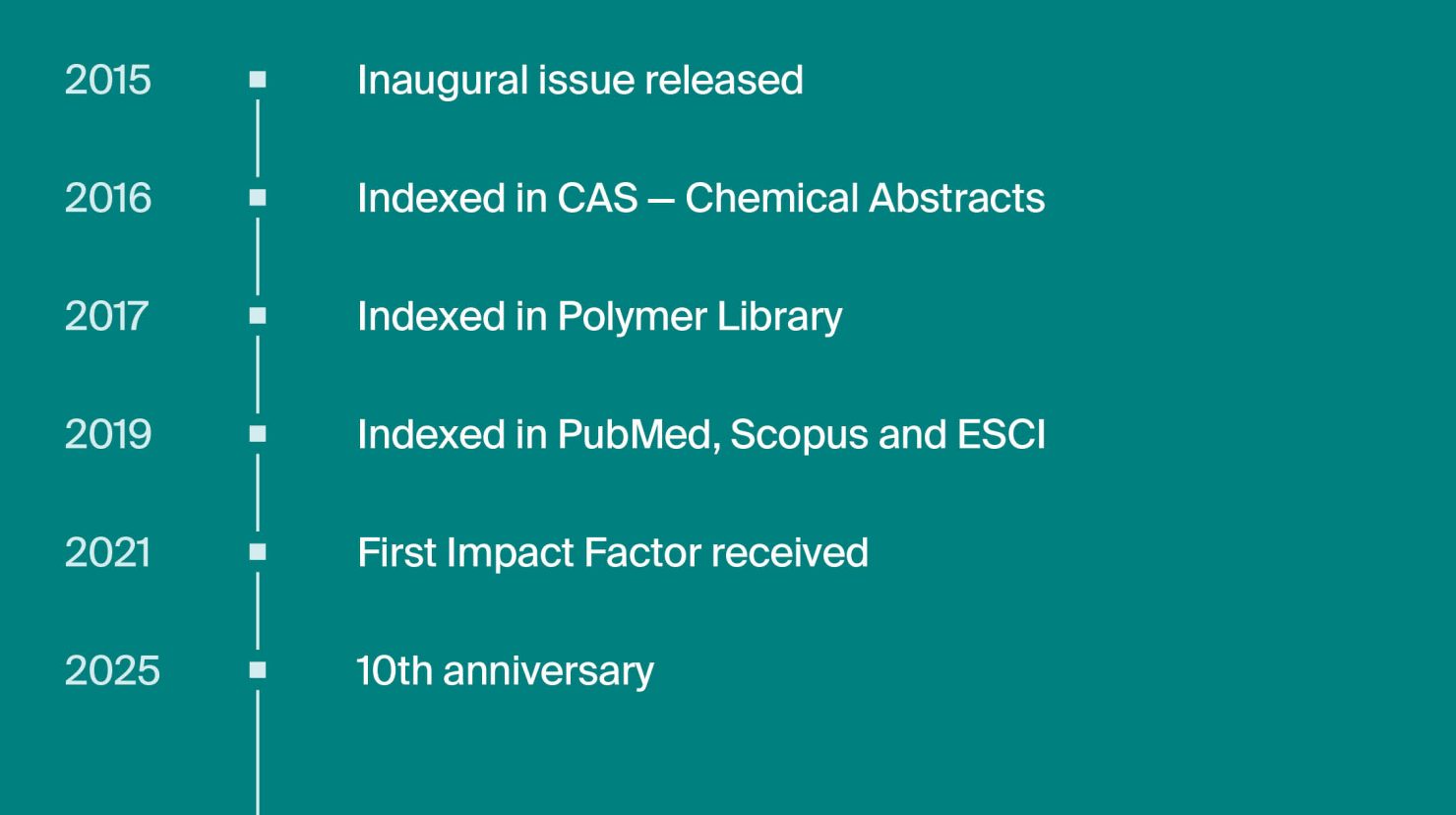
Aims & scope
As stated on the journal website, Gels aims to serve as a reference journal with a focus on gel materials for researchers working in both academia and industry. As a result, the journal particularly welcomes publications centered around the practical applications of gels.
Gels’ scope of research is categorized into 5 distinct sections: “Gel Chemistry and Physics”, “Gel Analysis and Characterization”, “Gel Processing and Engineering”, “Gel Applications”, and “General”.
“Articles covering in detail preparation methods, characterization, functionalities, mechanistic studies, and applications of either chemical or physical gels made from low molecular weight compounds or polymers—including, for example, organogels, hydrogels, aqueous gels, ionic gels, organic-inorganic hybrid gels—are within the scope of the journal.” – Prof. Dr. David Díaz Díaz, Founding EiC.
In accordance with the rest of our journals, all articles published in this journal are made available worldwide under an Open Access license. Making the research available to everyone, this model stimulates accelerated innovation in the various applications of gels. It also encourages collaborations among international researchers and institutions, allowing for wider dissemination of their research.
With applications in fields ranging from medicine to sustainability, research published in Gels has the potential for considerable global impact.
Journal metrics

The papers published in Gels have received a combined total of over 41,000 citations, indicating notable influence on the research field in recent years. The Gels paper that has received the highest number of citations is currently “Hydrogels for Biomedical Applications: Their Characteristics and the Mechanisms behind Them” , a 2017 paper by Qinyuan Chai, Yang Jiao, and Xinjun Yu. Discussing the advantages of hydrogels able to overcome the limitations of other biomaterials, this paper has received an impressive total of 816 citations.
The frequency of citations received by the average article in an academic journal in a particular year can be calculated using Journal Impact Factor (JIF, Clarivate). Gels has achieved a JIF of 5.0, placing it among the top journals within the field. The journal is also ranked in Q1 in the Journal Citation Report (JCR) category ranking for the subject of “Polymer Science”. These statistics can be attributed to the hard work and dedication of numerous people, from Editorial Board Members (EBMs) to reviewers.
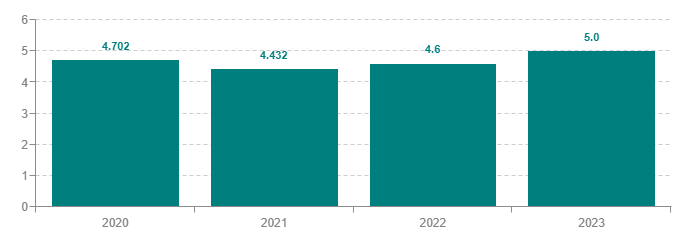
CiteScore (Elsevier) takes the average number of citations received by the articles published by a particular journal over a 4-year period. First receiving a score of 1.0 back in 2019, Gels currently holds a CiteScore of 4.7 – its highest rating to date.
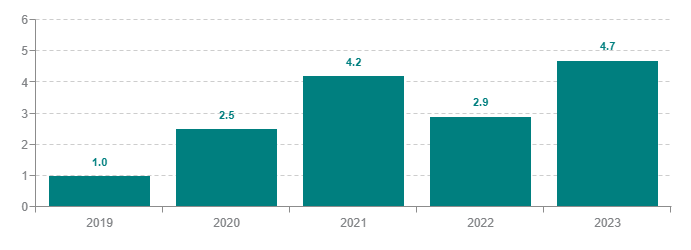
As of May 2025, the journal has been mentioned 173 times in news outlets, 5 times in policy documents, and has received 100 patent citations. This further emphasizes the broad applications of papers published in Gels, as well as the high quality of the research itself.
The journal has also been indexed by an impressive range of databases and archives, notably including Scopus, PubMed, ProQuest, and Web of Science. Access the full list of associated indexing services here.
The Gels community
Excitingly, the 1st International Online Conference on Gels will be held from 3 to 5 December 2025. Chaired by EiC Prof. Dr. Esmaiel Jabbari, IOCG2025 will provide an opportunity for scientists and engineers in both academia and industry to present their latest findings and engage in a range of sessions free of charge.
Like many of our journals, Gels gives out various annual awards to recognize exceptional contributions and to encourage presentations at international conferences. So far in 2025, Gels has already announced the winners of its Best Paper Award, with both the Outstanding Reviewer Award and Travel Award still open for contributions.
Read below a selection of testimonials from members of the Gels community:
“Over the years, Gels has grown tremendously, thanks to the contributions of an exceptional editorial team, dedicated reviewers, and, above all, the innovative researchers who have chosen our journal to publish their work.” – Prof. Dr. David Díaz Díaz, Founding EiC.
“I am proud to have successfully published several articles in Gels, and I deeply value the journal’s role in advancing research and encouraging collaboration within the scientific community.” – Dr. Adina Magdalena Musuc, EBM and Guest Editor.
“I highly recommend Gels to fellow researchers seeking a supportive and impactful publication platform.” – Dr. Njomza Ajvazi, Guest Editor.
Submitting a manuscript
Manuscripts for Gels should be submitted online at susy.mdpi.com. The submitting author, who is generally the corresponding author, is responsible for the manuscript during the submission and peer review process.
To submit your manuscript, register and login to the submission website. Once you have registered, click here to go to the submission form. All co-authors can see the manuscript details in the submission system if they register and login using the e-mail address provided during manuscript submission.
Prior to submitting, explore the useful resources on our author guidelines webpage.
If you’d like to find out more about Gels and its publication process, please visit the journal website.
